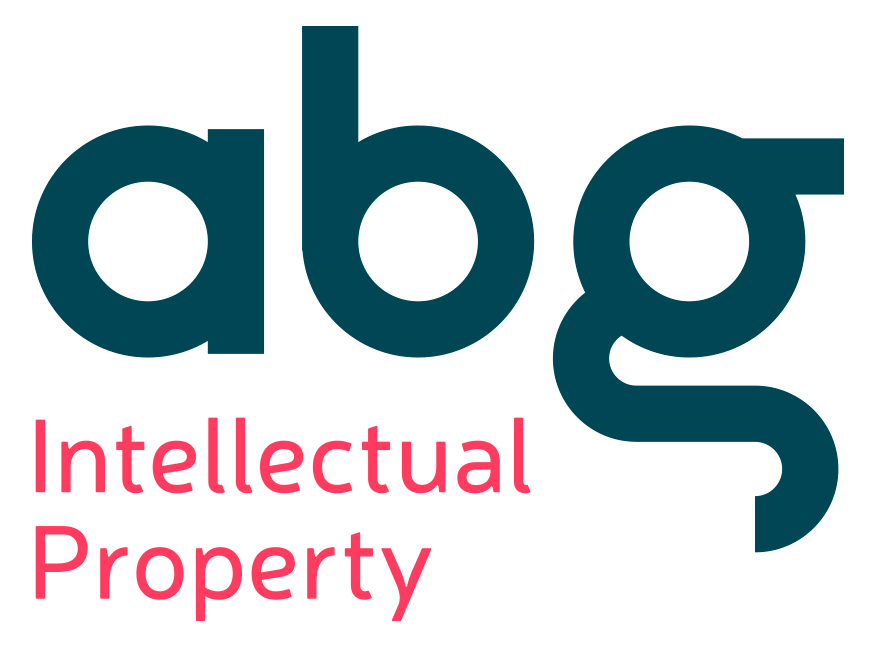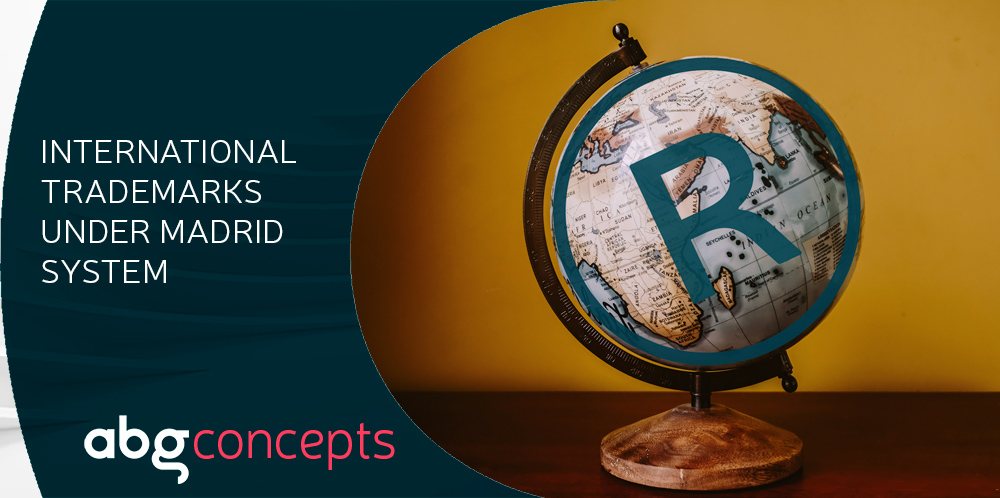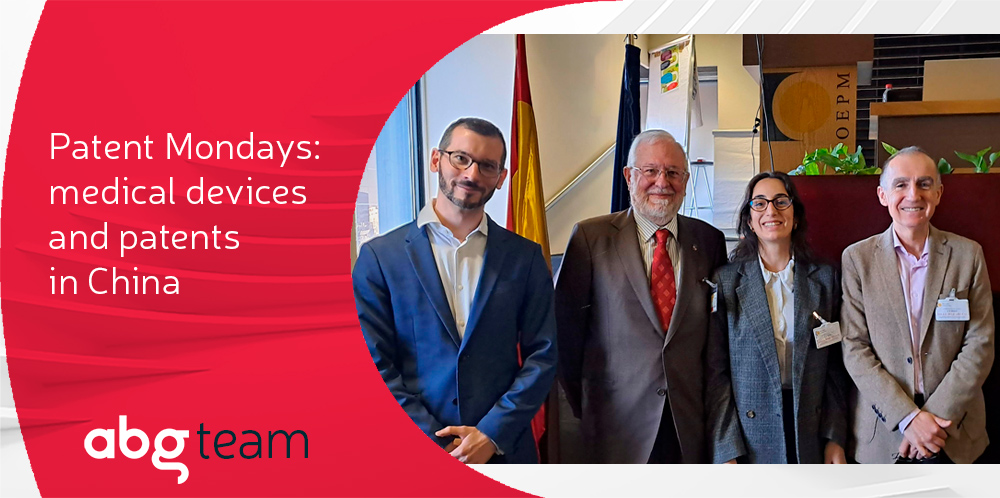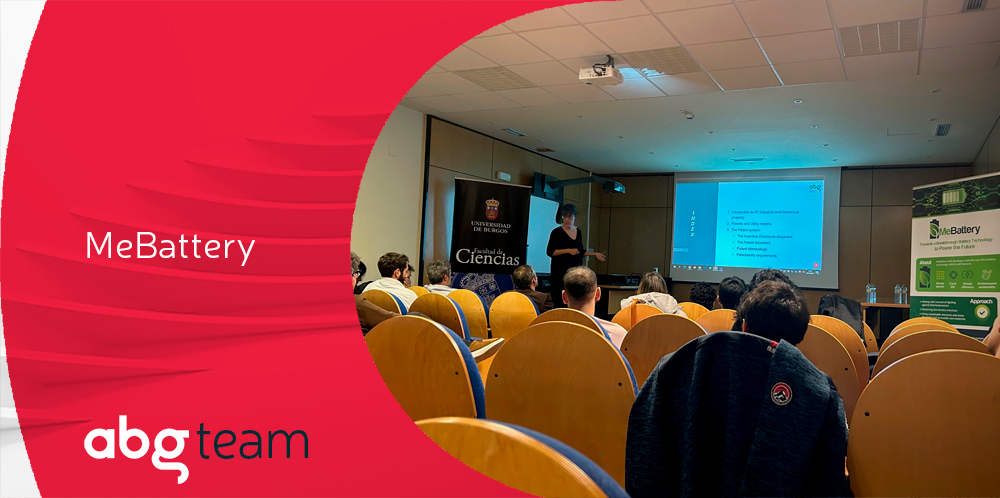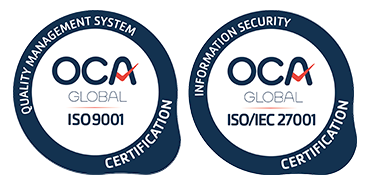I have a registered national trademark. Does that provide enough protection for my trademark?
A national trademark registration offers protection within the borders of the country in which the trademark is registered. However, in an increasingly globalised world and thanks to the opportunities offered by e-commerce which allows companies to make their products and services available to the public in other countries, protection through a national trademark may not be enough.
Any company that is in this situation and that markets its products or services in other countries under a specific trademark should have trademark rights in those countries. Moreover, it is advisable to have the trademark registered in countries in which the product designated with the trademark is manufactured.
Checklist: What should I take into account when starting the internationalisation of my trademark?
To file a trademark application as well as proceed with its internationalisation, we must define the following aspects:
- Its type and, if applicable, its name;
- Its holder;
- The products/services of interest now and in the future;
- The countries in which I am interested in registering the trademark both for current use and for use in the future;
In addition, it is advisable to conduct a registration feasibility study in the jurisdictions of interest. This study will inform me whether my trademark has any negative meaning or connotation in the jurisdiction, whether it infringes absolute prohibitions on registration, or whether there are trademarks or other enforceable earlier rights that could hinder or prevent registration of the trademark.
How can I register my trademark abroad?
To register a trademark abroad, there are different types depending on the countries of interest and, where appropriate, the fulfilment of some requirements. The different trademark types based on the geographic area covered are the following:
- International trademarks: the Madrid System
- Regional trademarks (the European Union trademark, Benelux trademark, etc.)
- National trademarks of foreign countries (registered trademark of the United States, United Kingdom, etc.)
This article focuses on explaining the first option; however, other possibilities of internationalising the trademark will be discussed in future articles.
International trademarks: the Madrid System
The Madrid System offers a centralised trademark application system in the 127 countries that are currently part of the System governed by the Madrid Agreement and Protocol. Belize has just announced its entrance to this system, which also includes Cape Verde, Chile, and Jamaica during this year 2022.
Advantages of international trademarks
This system has several advantages:
- The trademark registration procedure is simplified, since procedures for applying for a trademark registration in 125 countries (to date) can be initiated by filing a single application, in a single language and paying a single fee to the World Intellectual Property Organization (WIPO) located in Geneva in order to designate the different countries of interest.
- The trademark will have the same application date in all initially designated countries.
- In the event that the trademark is registered in one or more countries without having been subject to official objections or oppositions, it is not necessary to hire a local lawyer to represent the trademark before the respective national Trademark Office, which reduces the costs of internationalisation of the trademark.
- Renewing the trademark in all designated countries is also carried out through a single procedure and the payment of a single fee, which facilitates management of the trademark portfolio.
- Once the international trademark is registered, subsequent designations of other countries belonging to the System can be made in the future.
How is the international trademark processed in the selected (designated) countries?
Upon receipt of the international trademark application, the WIPO only performs a formalities examination.
After registering and publishing the trademark, the WIPO forwards the application to each of the Trademark Offices of the designated countries. These national offices will carry out an examination of registrability of the trademark, that is, whether this distinctive sign can be protected in those countries. They have a period of 12 or 18 months to issue a first formal action.
Once the examination has been passed at the national office and the international trademark has been granted in the designated country, the effects are the same as those of a national trademark from that country.
Who can apply for international trademarks?
The Madrid System is not open to any applicant. The possibility of applying for an international trademark is restricted to natural or legal persons who meet one of the following conditions:
- Have a domicile or a commercial or industrial establishment in any of the countries belonging to the Madrid System.
- Be a national of one of the countries belonging to the Madrid System.
For example, in many Latin American countries it is not possible to apply for international trademarks since they are not part of the Madrid System.
Basic trademark: prerequisite to apply for an international trademark
It is not possible to directly apply for an international trademark. Instead the applicant must be the holder of one or more applications or registrations of earlier trademarks in a member country of the System that serve(s) as the basis for the international trademark.
The basic trademark(s) and the international trademark must be the same, have the same holder, and the products and services designated by the international trademark must be the same or be comprised within the description of the basic trademark(s).
Spanish applicants usually base their international trademarks on Spanish trademarks or European Union trademarks.
The application for international trademark registration must be filed through the Trademark Office in which the basic trademark is registered. However, it should be noted that a holder of an EU trademark can only use this trademark as the basis for an international trademark if the trademarks fulfil the aforementioned conditions and if this holder is also a national of a Member State of the European Union or they have a commercial or industrial establishment in a Member State of the European Union.
Dependency on the basic trademark: Central attack and transformation
The validity of the international trademark will depend on the validity of the basic trademark for five years. This means that if the basic trademark is limited, denied, expired or cancelled, these actions will be reflected in the international trademark and in all its designations, which will also be limited or no longer be valid.
This dependency is also called a “central attack”, since a third party who wants to bring an action against the international trademark in some or all of its designations during the dependency period would only have to take actions against the basic trademark to have an effect on all the designations. If these actions are successful, the termination of the basic trademark will also take down the international trademark and all its designations.
However, under certain conditions, there is the possibility of applying for the transformation of international trademark designations that have lost their validity as a result of the loss of validity of the basic trademark into a national trademark.
Duration and continuance in force of the international trademark
The duration of the international trademark is ten years from its date of application, and it is renewable indefinitely. The renewal for all designated countries is done in a single act by paying the corresponding fee to the WIPO.
In the event that there have been subsequent designations, the initial duration of protection in those countries may not be ten years, since, as we mentioned, the international trademark is renewed simultaneously for all jurisdictions.
In some designated countries, it may be necessary to perform additional local maintenance actions. For example, in the USA or South Korea it is necessary to present proof of use of the trademark in these territories some years after the registration of the designation in these countries.
Drawbacks of the International Trademark System
- Dependency on the basic trademark for five years after registration.
- Certain countries do not issue registration certificates, so it may be necessary to request a registration certificate from the National Office in order to distribute products designated with the trademark in a specific country or in order to enforce the trademark.
- Despite having signed the Madrid Agreement and Protocol, in some African countries international trademarks are not enforceable against infringers since their courts do not recognise the effects of the international trademark.
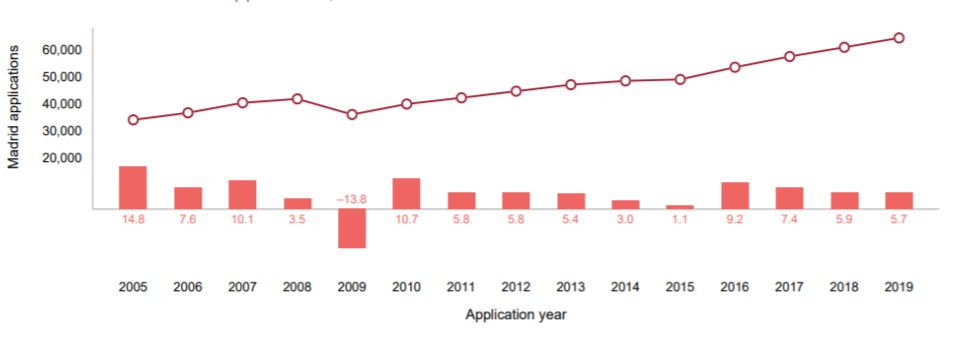
A model of success
Despite the drawbacks, according to the data compiled by WIPO, in 2019 a total of approximately 64,400 trademarks were filed under the Madrid System, 1,360 of them from Spain. The data reflects this model’s success, as well as the fact that more and more countries are joining it.
For those who manufacture and/or market abroad, this route can allow them to simplify procedures, facilitate portfolio maintenance and save costs, for which reason it should at least be considered if they have any interest in entering the foreign market.
